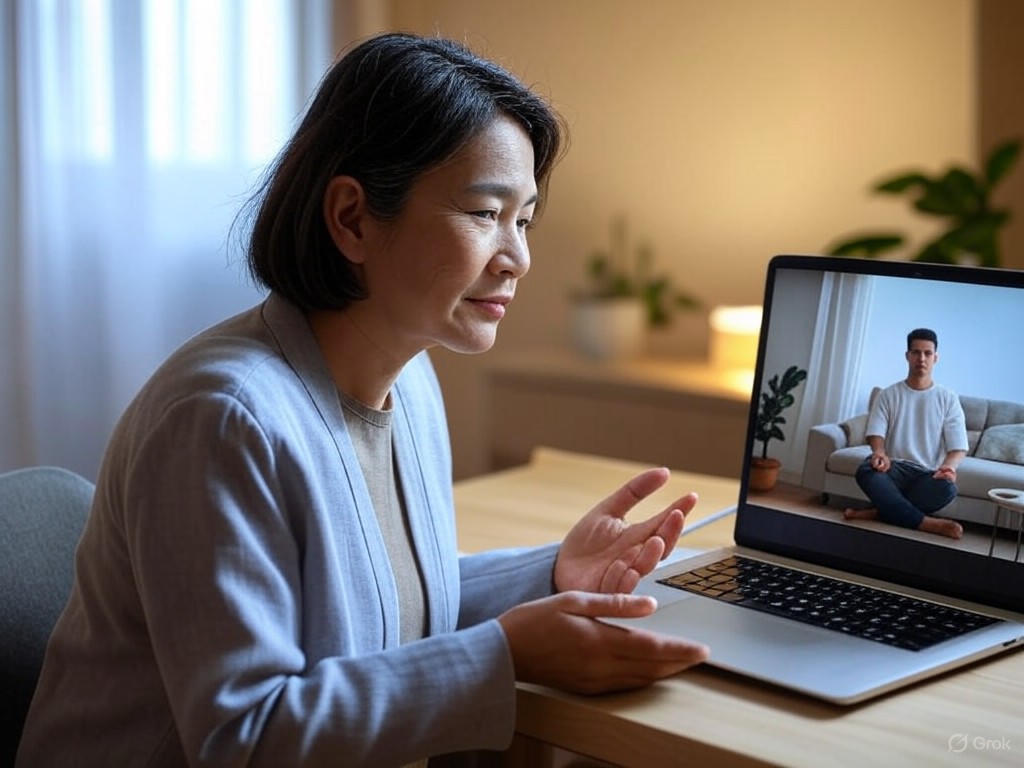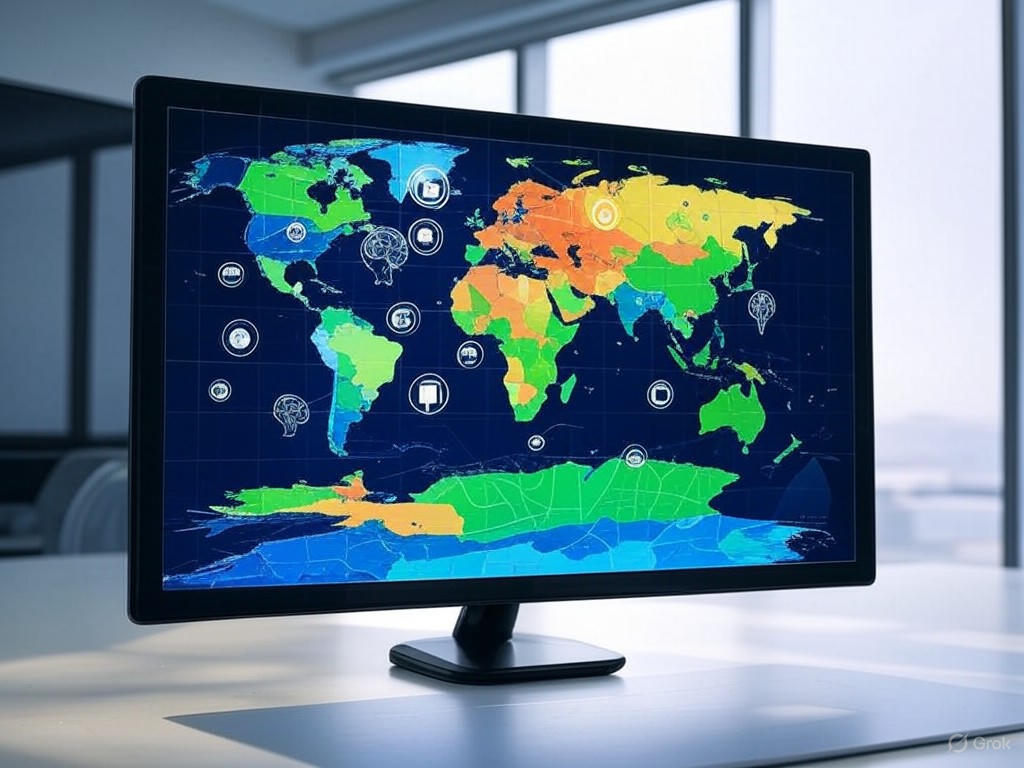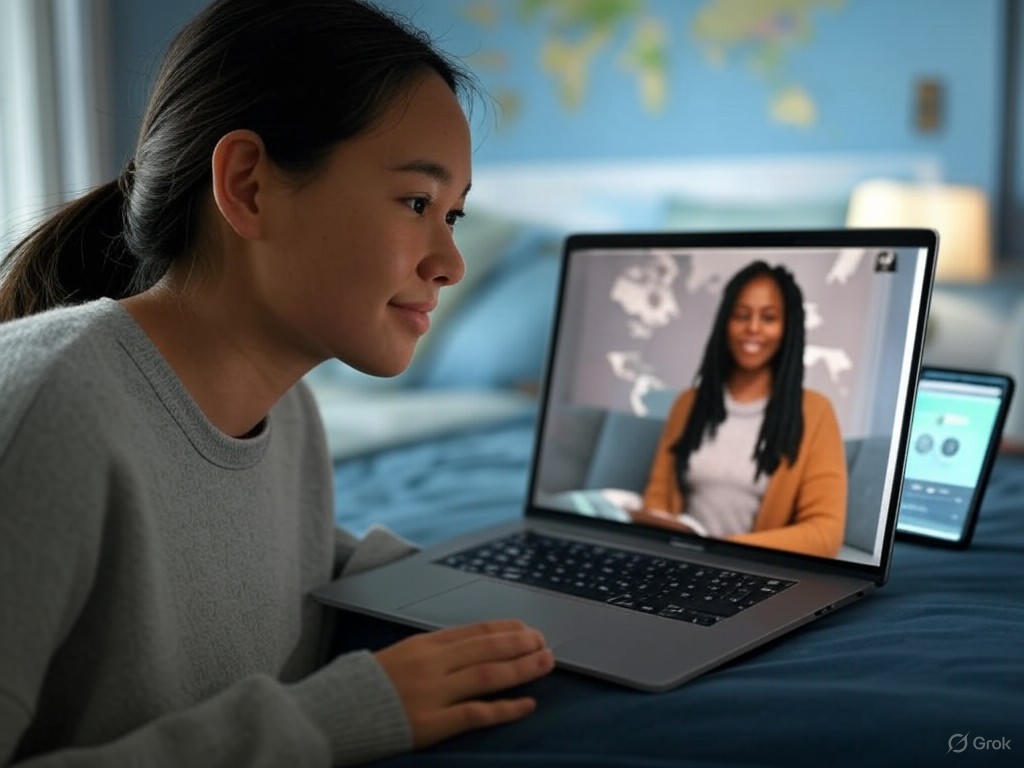Teletherapy Platforms: Accessible Mental Care
In an era where the demands of modern life often leave individuals feeling isolated and overwhelmed, the quiet revolution of teletherapy platforms offers a beacon of hope. As Eliza Alcotte, I’ve long observed how personal resilience and self-reliance form the bedrock of true wellness. Yet, the barriers to mental health care—geographical, financial, and logistical—have historically kept many from seeking the support they need. Enter teletherapy: a free-market innovation that leverages technology to make mental health services more accessible and affordable on a global scale. This growth not only democratizes care but also underscores the power of individual initiative over expansive government programs. Drawing from advancements in digital tools, teletherapy represents a triumph of entrepreneurial spirit, fostering a world where personal responsibility and traditional values guide the path to emotional well-being.
The Technological Surge in Mental Health Access
Teletherapy, the delivery of mental health services via video calls, chat, or apps, has exploded in recent years, accelerated by the global shift toward remote interactions. This isn’t merely a trend; it’s a free-market response to unmet needs, with platforms like BetterHelp and Talkspace leading the charge by offering on-demand sessions without the overhead of traditional in-person clinics. By 2023, the teletherapy market was valued at over $10 billion and is projected to grow at a compound annual rate of 25% through 2030, according to industry analyses Wall Street Journal on telehealth expansion. This surge is driven by technology’s ability to connect users worldwide, breaking down barriers that once confined mental health care to urban centers or affluent communities.

A teletherapy session in progress, highlighting how technology brings personalized mental health support directly to individuals in their daily environments.
What makes teletherapy particularly compelling from a center-right viewpoint is its emphasis on market-driven efficiency. Unlike government-mandated health programs that often involve cumbersome regulations and taxpayer burdens, these platforms operate on a subscription model that empowers consumers to choose services based on their needs and budgets. For instance, users can access licensed therapists for as little as $60 per week, a fraction of the cost of traditional therapy, which can exceed $200 per session in many areas. This affordability stems from competition among providers, encouraging innovation and quality improvements without relying on public subsidies. Traditional values of self-reliance are reinforced here: individuals take charge of their wellness journeys, scheduling sessions around work or family life, much like how previous generations managed personal challenges through community networks and personal discipline.
Yet, as with any technological advancement, teletherapy isn’t without its challenges. Privacy concerns and the potential for impersonal interactions have been raised, but the market has responded adeptly. Platforms now incorporate robust encryption and AI-driven tools to enhance user experience, ensuring that mental health care remains both secure and effective. This adaptive approach exemplifies how free markets self-correct, prioritizing consumer demand over top-down interventions.
Evidence of Global Impact and Economic Benefits
The evidence for teletherapy’s transformative potential is compelling, particularly in its global reach. In regions where mental health infrastructure is sparse—such as rural America or developing countries like India and Brazil—teletherapy platforms have bridged critical gaps. A study by the World Health Organization estimates that over 970 million people worldwide suffer from mental health disorders, with many in low-income areas lacking access to care WHO Global Mental Health Report. Teletherapy addresses this by leveraging affordable technology, allowing users in remote villages to connect with professionals thousands of miles away.
Take, for example, the expansion of platforms into emerging markets. In Brazil, where public health systems are often overburdened, teletherapy has seen a 300% increase in usage since 2020, enabling users to address issues like anxiety and depression without long waits for government clinics IEEE Spectrum on telemedicine in global health. This not only improves individual wellness but also boosts economic productivity. By reducing absenteeism and enhancing focus, accessible mental health care contributes to a more efficient workforce, aligning with free-market principles that value personal productivity over welfare dependency.
Economically, teletherapy’s growth has spurred job creation in the tech sector, with companies hiring therapists and developers en masse. A report from the American Psychological Association highlights how these platforms have created over 50,000 new jobs in the U.S. alone, fostering innovation without the need for government stimulus American Psychological Association Telehealth Insights. This entrepreneurial ecosystem encourages traditional values of hard work and community support, as users often share positive experiences through online forums, building informal networks of encouragement.
However, a balanced view requires acknowledging potential downsides. Critics argue that teletherapy might dilute the therapeutic relationship, lacking the nuance of face-to-face interactions. Yet, data from user satisfaction surveys contradict this, showing that 85% of teletherapy users report outcomes comparable to in-person sessions Forbes Health on digital therapy efficacy. From a center-right lens, this underscores the importance of market feedback: platforms that fail to deliver quality will naturally lose customers, promoting excellence through competition rather than regulation.

This map visualizes the global expansion of teletherapy, demonstrating how technology is democratizing mental health care in underserved regions.
The Path Forward: Nurturing Self-Reliance in a Connected World
As we look to the future, the growth of teletherapy platforms heralds a promising era for mental health, one where technology and free-market principles converge to uphold traditional values. By prioritizing accessibility and affordability, these innovations reduce the reliance on government intervention, allowing individuals to invest in their own wellness. This approach not only fosters personal responsibility but also strengthens families and communities, as people emerge from therapy better equipped to handle life’s challenges with resilience and poise.
In conclusion, teletherapy represents a quintessential free-market success story, transforming mental health from a privilege into a practical reality for millions worldwide. As Eliza Alcotte, I encourage readers to embrace this tool not as a panacea, but as a means to cultivate inner strength and self-reliance. Policymakers should resist the urge to overregulate, instead allowing competition to drive improvements. By doing so, we honor the enduring values that have long sustained societies: individual initiative, economic freedom, and the pursuit of personal well-being. Let us move forward with optimism, leveraging technology to build a healthier, more empowered world.

